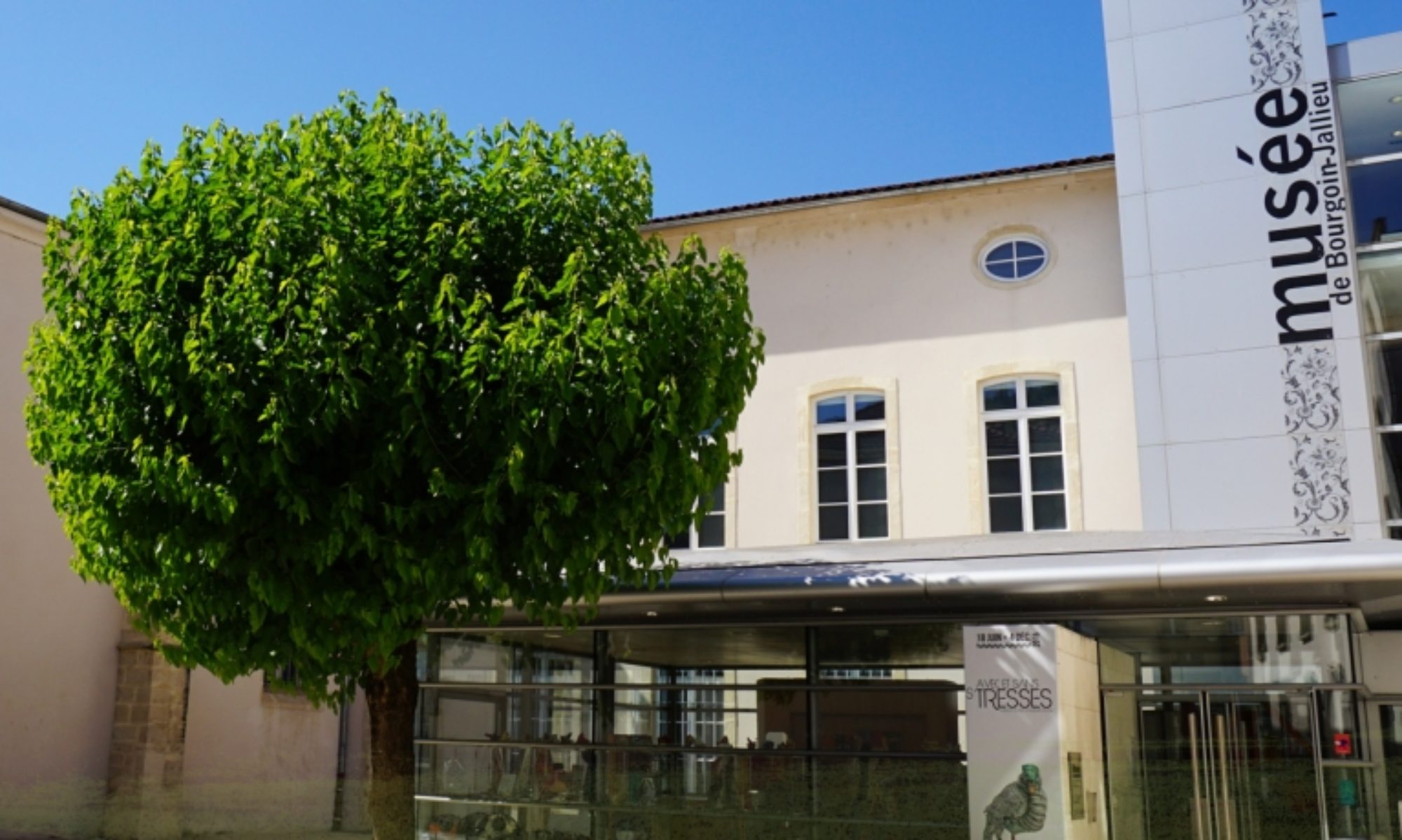This seascape is the most recent painting by Victor Charreton to join the museum’s collections. It was acquired on June 17th, 2017 with the support of the Friends of the Bourgoin-Jallieu Museum and the Regional Museum Acquisition Fund (FRAM). The Museum currently houses 178 works (drawings, sanguines, and paintings) by this post-impressionist artist, who belongs to the long line of 19th-century landscape painters.
Victor Charreton was a painter and traveler whose landscapes depict Auvergne, Provence, and his native Dauphiné as well as Brittany, a region he had been particularly fond of since childhood. Unfortunately, there are very few records concerning his production of Breton works. We know that he stayed there at least ten times with his wife, between 1905 and 1924. His letters enable us to retrace his path through Ver sur Mer, Cancale, Saint-Malo, Arradon, Pont-Aven, Douarnenez, Ploumanach, Bénodet and Ploaré. He likely met other artists there, such as Ladislas Slawinski (1888-1915) who had worked with Gauguin in Pont-Aven.
Being more partial to picturesque villages and the foggy and rainy atmosphere of the land, Victor Charreton painted very few seascapes, twenty or so at the most, and did not use the traditional format for them, preferring a canvas of 60 x 73 cm. He showed little interest in the depiction of the open sea. More often, if he portrays the sea at all, he only hints at it in the background. In addition, the locations of his seascapes are difficult to pinpoint. Do they show the ocean? In Brittany? In Normandy? The Mediterranean? Reddish-brown rocky coasts are the most prevalent element, and he liked to depict the rocks and the movement of the waves. The museum’s two other seascapes attest to this, featuring a foamy spray of waves breaking on the outcropping rocks.
This seascape, on display for the museum’s 90th anniversary, is therefore quite different from the rest of his work, depicting a calm and tranquil sea. Moreover, in the distance, the shape of a castle can be perceived on an islet: it is the castle of Costaérès, near Ploumanach. This detail makes it possible to identify the exact location of the painting, the Bay of Trégastel, in the Côtes-d’Armor. However, all three seascapes feature the same red-brown coasts, as well as the touches of pink and mauve that are characteristic of this painter’s palette.

